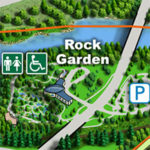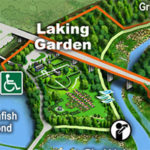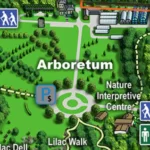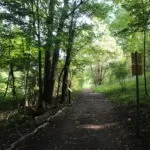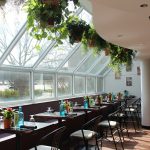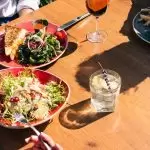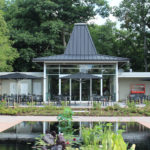| Membership | Price (+HST) |
|---|---|
| Single | $85/year |
| Single Plus | $120/year |
| Family | $130/year |
| Family Plus | $175/year |
| Contributing | $300/year |
| Supporting | $600/year |
| Sustaining | $1,000/year |
| Benefactor's Circle | $2,500/year |
| Director's Circle | $5,000/year |
| President's Circle | $10,000/year |
A World of Botany in a Piece of Cake
By Barb McKean, Head of Education, Royal Botanical Gardens.
Not too long after we put the clocks back each fall, a harbinger of the holiday season shows up on grocery store shelves and online recipe sites. Dense, usually boozy, laden with calories, and sweet enough to make your teeth ache, fruitcake is many things to many people: an ancient tradition handed down through the ages and subsumed into the holiday traditions of modern times, a poignant childhood memory of grandparents and family celebrations, or the butt of many holiday season jokes (including one by the late Johnny Carson, who suggested that “There is only one fruitcake in the world and people just keep sending it to each other.”).
Whatever your thoughts on the matter, somewhere between a traditional treat and a seasonal joke is a biodiverse cake that brings plants from the four corners of the Earth together as the year wanes (and we all know 2020 can’t wane fast enough). Let’s deconstruct a family Christmas Cake recipe and see just how many well-travelled plants are hiding in this global conglomerate.
SUGAR (Saccharum officinarum)
Sugar tops flour in a fruitcake, because in addition to its use in the matrix, it preserves the cake’s abundant candied fruit. It fact, it was the increasing availability of sugarcane, a grass originally native to India, that fueled fruitcake’s growth in popularity beginning in the 1500s. Introduced to the Mediterranean Region around 500 BCE, sugar made its way to Mexico, Brazil, and the Caribbean with early colonizers. The terrible sociopolitical shadow cast by its legacy persists today as its cultivation in the Americas fueled the slave trade. Sugar, and the waste product of its refining (molasses), also set the stage for the world’s first mass-produced spirit, and another common fruitcake ingredient — RUM.
WHEAT (Triticum)
Rivaling rice as the world’s #1 grain, wheat has been part of the human diet since the dawn of agriculture, when wild grasses were selected, cultivated and harvested in parts of Syria, Iraq and Iran. In return for changing the course of human evolution by fueling the development of civilization eons ago, modern wheat has been so altered by breeding and selection that it is unable to survive on its own.
CITRUS PEEL Lemon (Citrus lemon) and Orange (Citrus)
Likely originating in northwestern India, lemons slowly spread across the Mediterranean Basin during the first millennium. Oranges are subtropical plants thought to originate from southern China, or northeast India. They spread across Europe in the 1500s and were first planted in Florida by the Spanish in 1565.
RAISINS / CURRANTS (Vitis)
The European grape is perhaps the oldest of cultivated plants, originating from the Caucasus region between the Black and Caspian Seas. Just after 1000 BCE they arrived in Greece and later moved across Europe with the Romans. Currants are the dried fruit of a small grape variety.
CHERRIES (Prunus)
The wild ancestors of today’s domestic cherries originated near the Caspian Sea and were cultivated by 300 BCE. Currently, most commercial crops are grown in Iran, Turkey, and the USA. To prepare cherries for use in fruitcake, they are first treated in a chemical bath to remove their colour, and then candied or glacéd by soaking them in a warm sugar solution with food dye.
PECANS (Carya illinoinensis)
This long-lived hickory is native to the south-central USA, and a mature specimen can produce over 400 kg (900 lbs) of nuts per year. Walnuts (Juglans), largely grown in China and Iran, take the place of pecans in European fruitcake recipes.
ALMONDS (Prunus dulcis)
Almonds were one of the first trees to be cultivated, dating back to 3000 BCE. Expanding outwards from its native range in the eastern Mediterranean Basin, it was cultivated in China by 1000 BCE. Most of the world’s almonds are grown in areas with mediterranean climate, with California leading production. Because they require irrigation, almonds are vulnerable to impacts of climate change on water, as well as declines in pollinating insect populations.
ALLSPICE (Pimenta dioica)
The dried fruit of a tropical evergreen native to Jamaica, allspice smells of cloves, cinnamon, nutmeg and ginger. Along with its use in cooking, it is also used as a digestive aid, and to warm and relax painful muscles.
CLOVES (Syzgium aromaticum)
The dried unopened flower buds of this tropical evergreen tree are intensely aromatic, so a little goes a long way. Native to the Moluccan Islands of Indonesia, where most of the world’s clove production is centred, they have been planted in other tropical areas of the world. Cloves were a prized spice in ancient times and have been found in archaeological sites in Syria dating to 2400 BCE.
CINNAMON (Cinnamomum verum and aromaticum)
Both species of cinnamon trees are farmed as short bushes so that their fragrant inner bark is easier to harvest. True cinnamon (C. verum) is a native of Sri Lanka and southern India and is more commonly sold in Europe, while the stronger-flavoured, reddish C. aromaticum, or “cassia”, originates from Myanmar and is used more often in North America.
GINGER (Zingiber officinale)
The underground rhizomes of this creeping perennial have been used as food and medicine in southeast Asia since at least 500 BCE. Its wild ancestor is believed to be extinct.
VANILLA (Vanilla planifolia)
The aerial roots of Vanilla Orchid vines help them to climb as much as 30 m in rainforests in the Caribbean and Central America where their seed pods have been used for over 1000 years. When taken into cultivation in other parts of the world, vanilla has to be hand-pollinated — like most orchids, it has a very specific pollinator found only in its native range.
So there we have it, at least a dozen trees, shrubs, vines, fruit, flowers, seeds, roots and bark, wrapped up in one high-calorie confection ready to be ordered online and shipped to your nearest and dearest this holiday season. Just leave me off the list — in the spirit of full disclosure, on a Christmas Cake scale of 1 to 10 I’m definitely a 3 or 4 at best. That said, its density and ability to last without spoiling does give it at least an 8 on my list of great canoe trip foods.
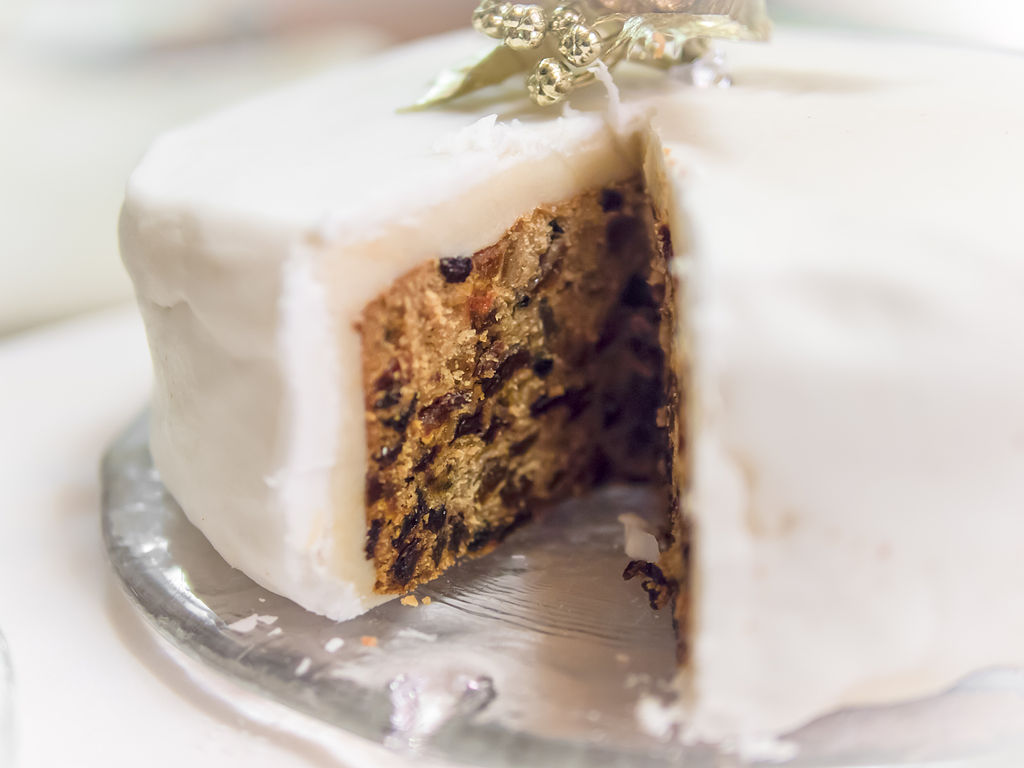
James Petts from London, England, CC BY-SA 2.0, via Wikimedia Commons
Explore RBG’s Trails
RBG’s nature sanctuaries feature more than 27 km of nature trails! Find maps, guided hike schedule, and more.



